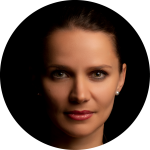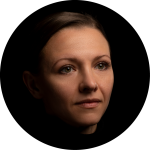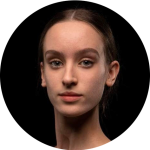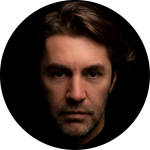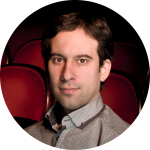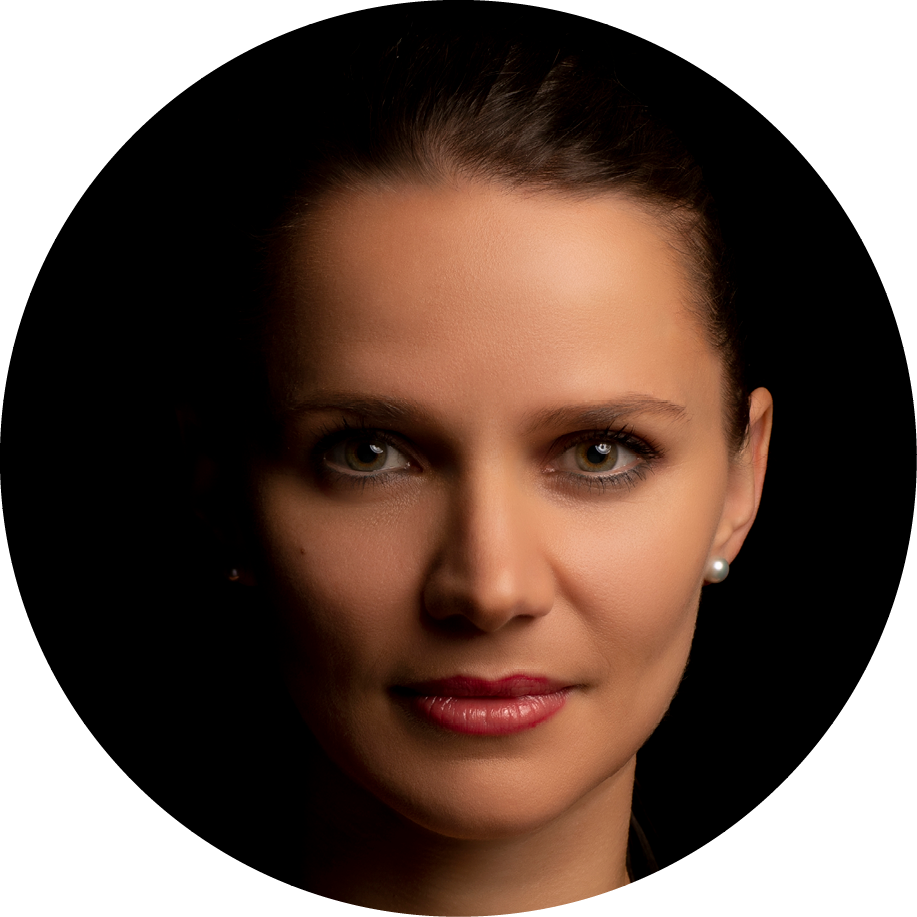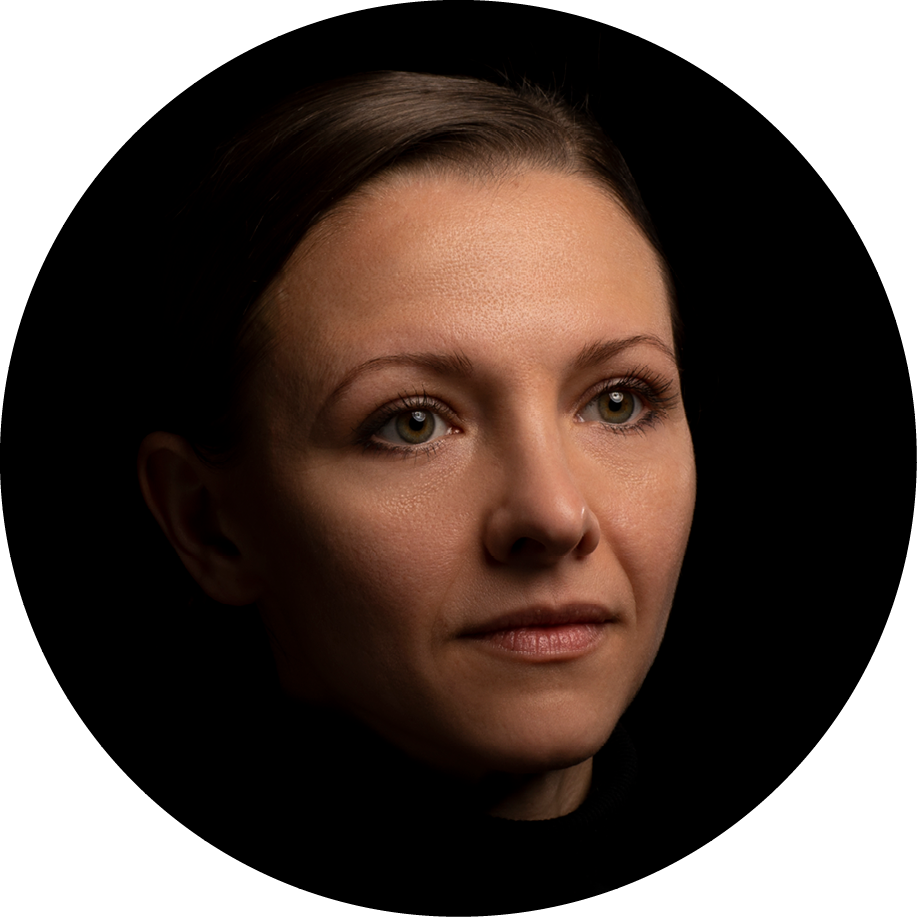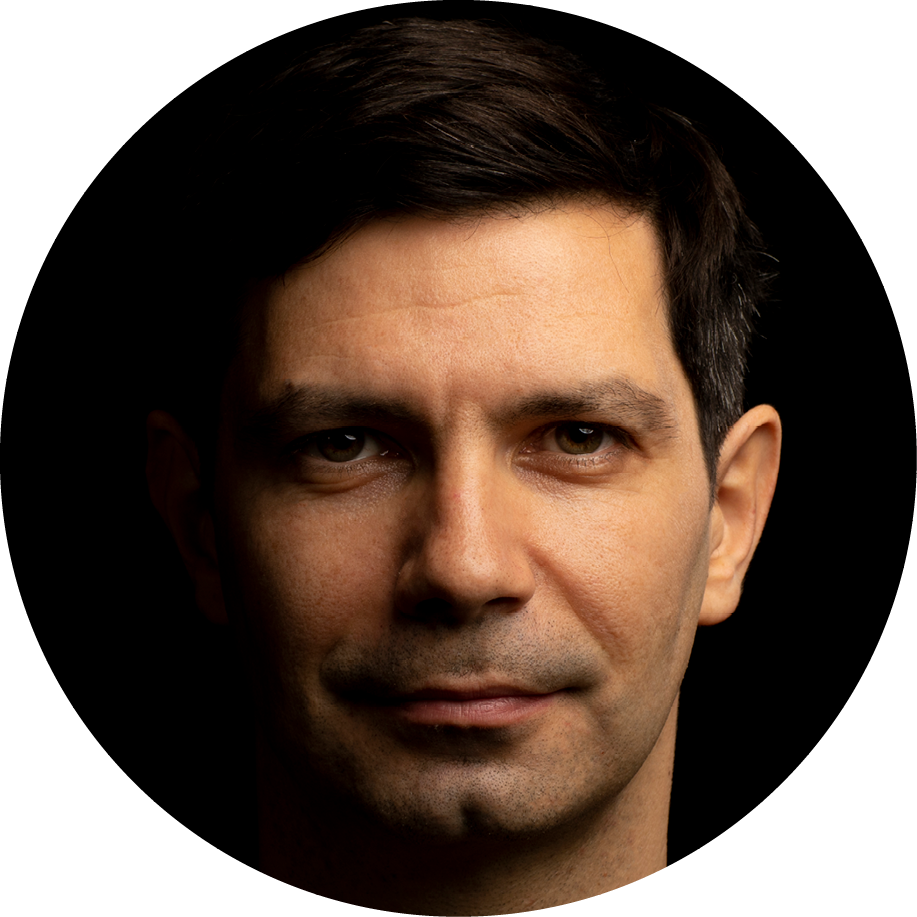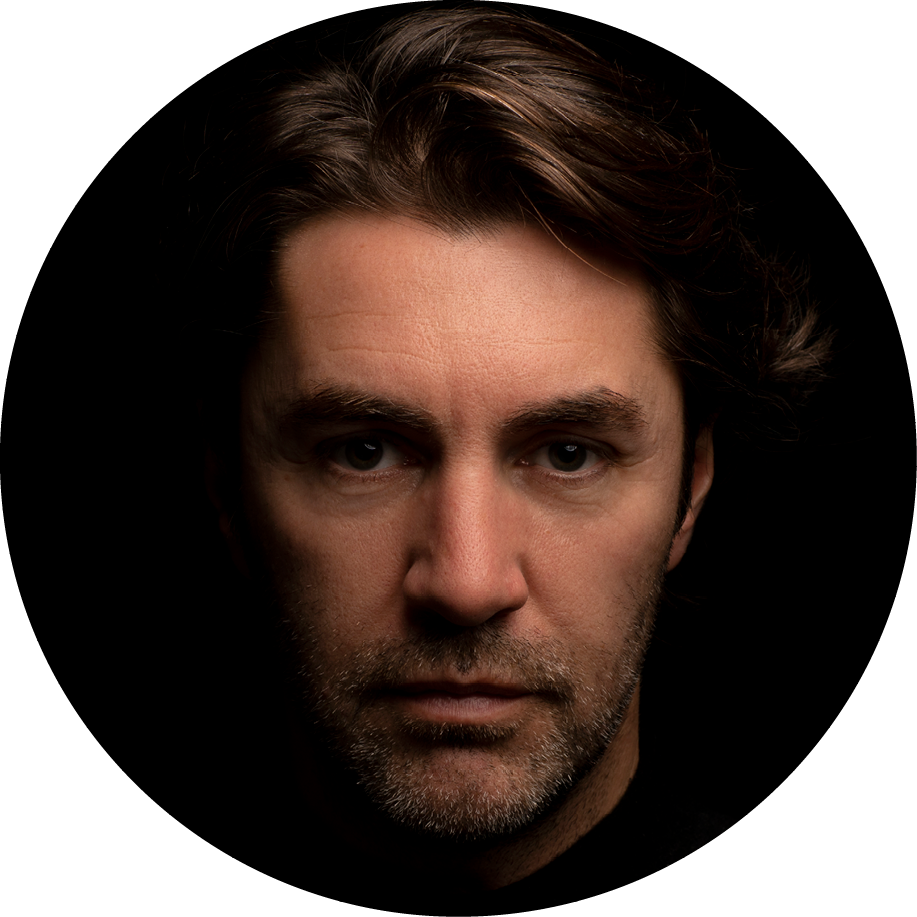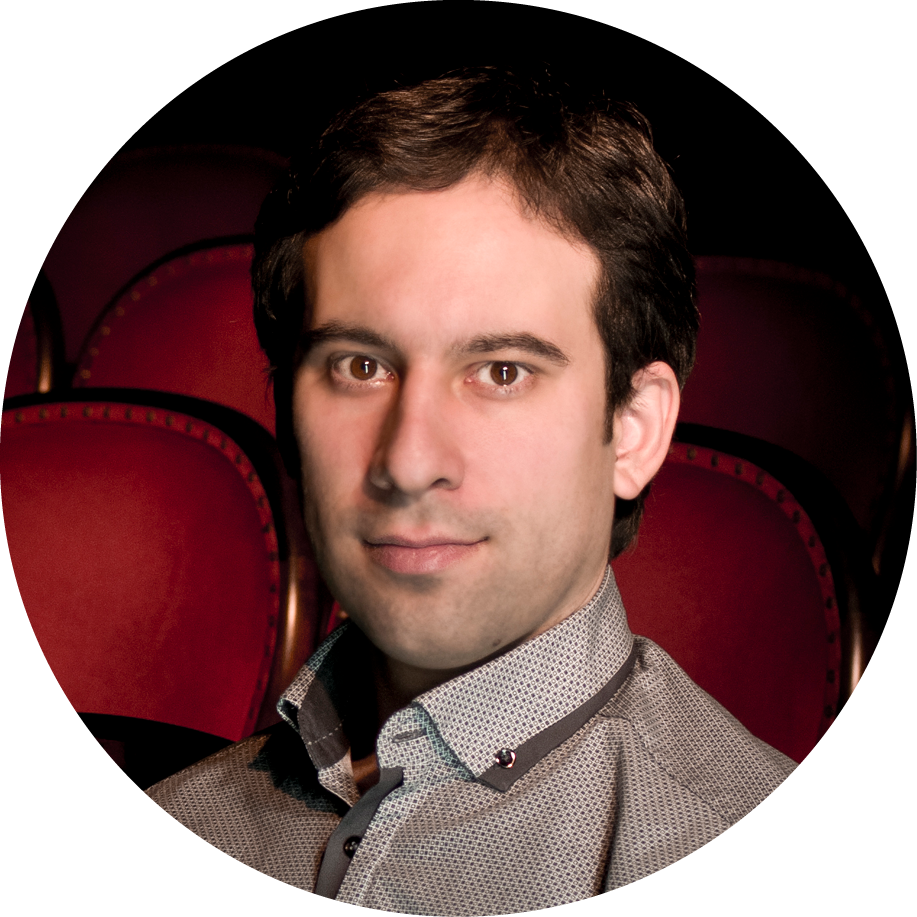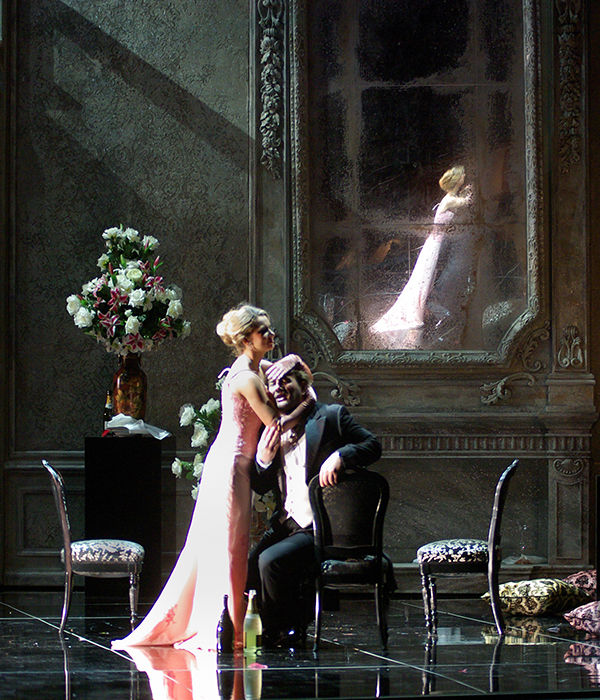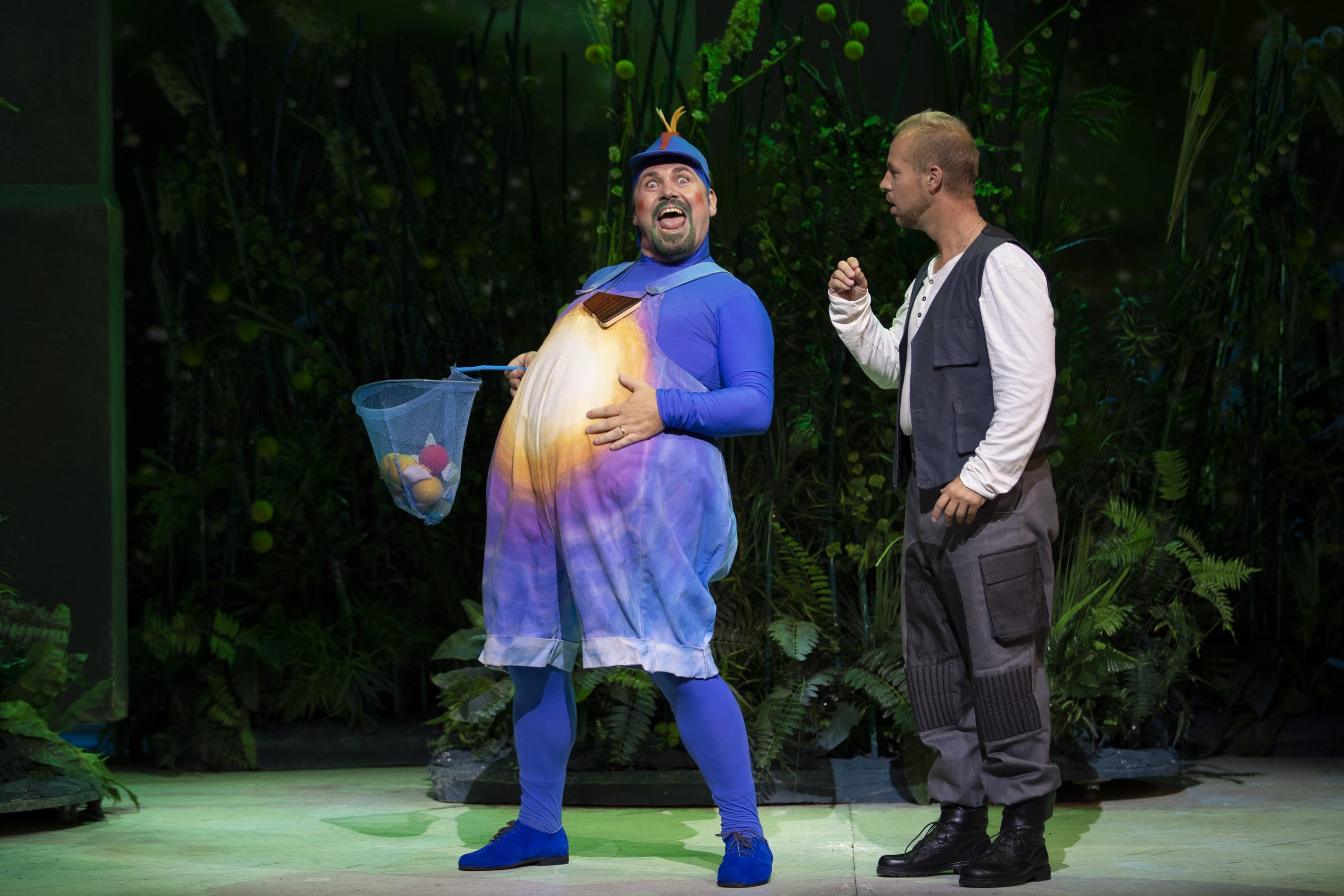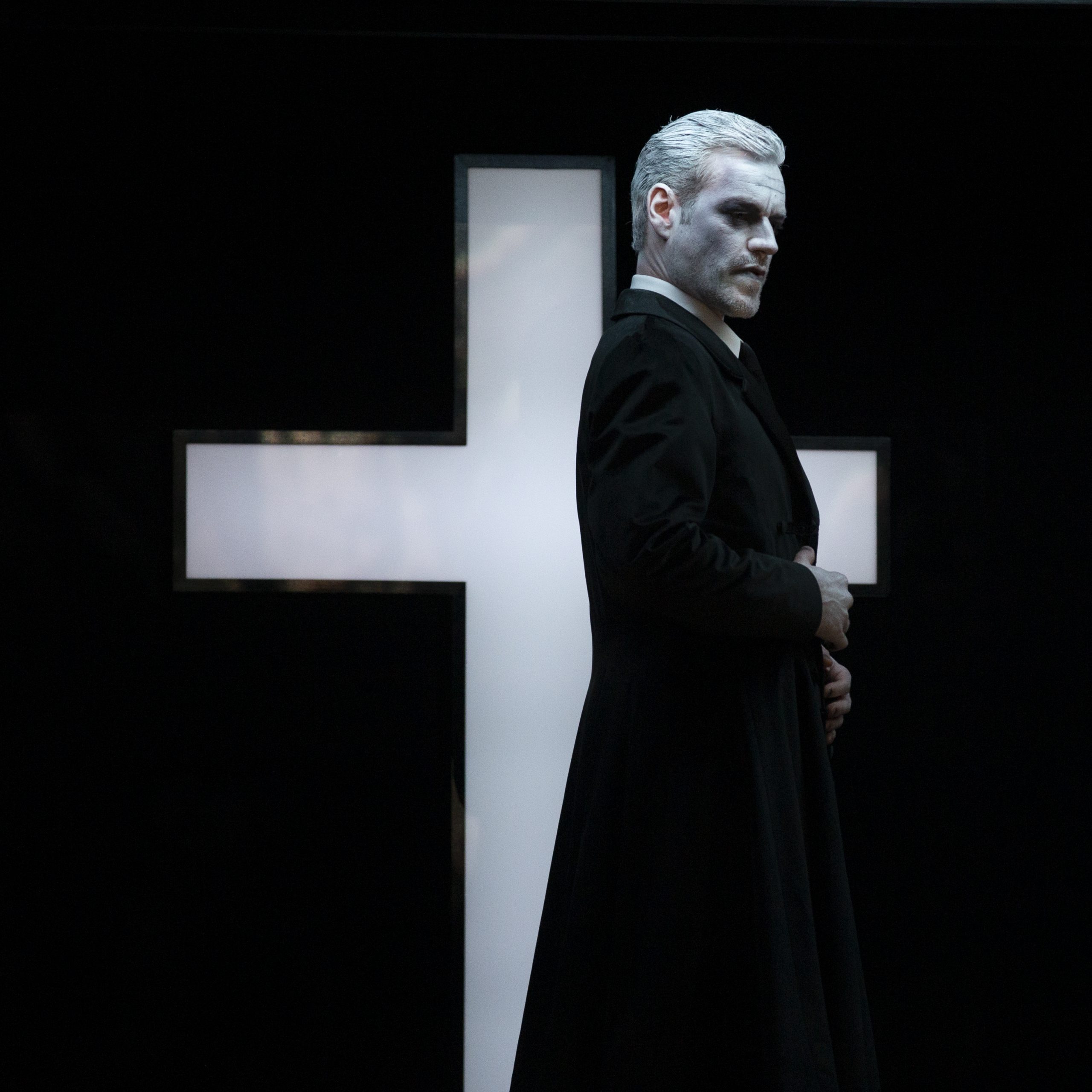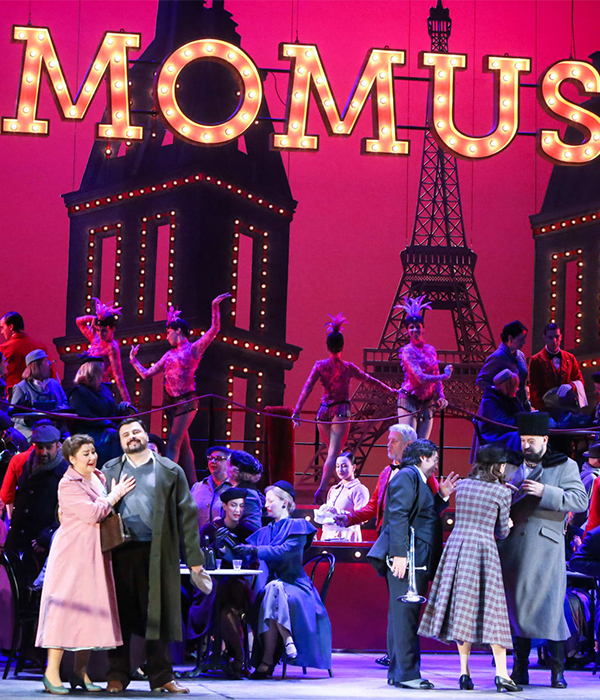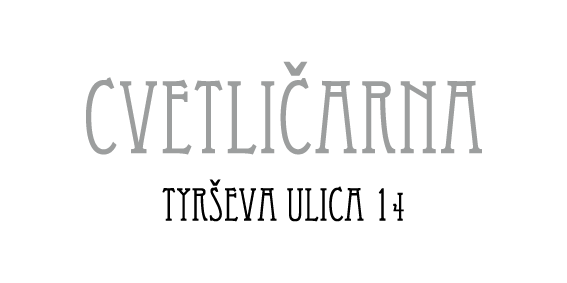Carmina Burana
Carmina Burana
About the performance
Carmina Burana by German composer Carl Orff (1895–1982) is today considered one of the most famous musical stage works (stage cantatas) completed in 1936, during the rise of Nazism, although the Nazis described Orff’s music as degenerate (“entartete Musik”). In Carmina Burana, following Richard Wagner’s idea of the total artwork (Gesamtkunstwerk), Orff wanted to realize the concept of “theatrum mundi”, a “theatre of the world”, in which music is closely intertwined with movement and speech. Orff’s artistic configuration has consequently adapted the musical flow to such an extent that music as a sound phenomenon can only be fully realized through a dramatic context on stage, which can be hardly achieved by contemporary and purely concert renditions of Carmina Burana.
While writing this complex work with the full Latin title Carmina Burana: Cantiones profanae cantoribus et choris cantandae comitantibus instrumentis atque imaginibus magicis (Poems from Beuern: Secular Songs for Singers and Choirs Performed with Instruments and Magic Images) Orff created a unique musical stage work with specific dramaturgy, using a preserved medieval poetry codex consisting of as many as 254 poems composed in the secular Latin of vagabond students, Middle High German and Old French between the 11th and 13th century. Orff focused primarily on a series of individual episodes that are very different in meaning and character, and not so much on (in the strict classicist sense) the evolutionary construction of the musical whole, so it is not surprising that we won’t find overly complex harmonies in the work. In favour of unleashing the full expressivity of the sung text, the latter is often set in unusually high registers of all three vocal parts, most notably in the tenor aria Olim lacus colueram, “falsetto” aria for baritone Dies, nox et omnia and soprano aria Dulcissime.
When composing the cantata Carmina Burana, which, together with the other two cantatas Catulli Carmina (Catullus’ Songs) and Trionfo di Afrodite (The Triumph of Aphrodite), form a triptych Trionfi (Triumphs), Orff found his inspiration in relatively simple but dramatically effective melodies of late Renaissance poems, especially the madrigals of William Byrd and Claudio Monteverdi. In creating a dazzling orchestration that has the potency of evoking pompous dramatic moments, including the introductory O Fortuna, velut luna statu variabilis (O Fortuna, you are like a changing moon), Orff was inspired by Stravinsky’s early oeuvre – especially his ballet Les noces (The Wedding) – for which rhythm was the primary musical element. Rhythm will also be crucial in determining the entry point with which Edward Clug, in his characteristic poetics, tackles his inspiring choreographic exploration of medieval mysteries and various perspectives on life, which were in fact – in contrast to our often narrow-minded perception of the proverbially “dark” Middle Ages – very liberal and can be paralleled to modern hedonism.
The key visual element that Clug expands into a significant choreographic dimension is the circle, which is considered the simplest geometric form and at the same time the nature’s most perfect creation (in a circular shape, we find stars, planets, while celestial bodies usually move in elliptic rails). In addition, the circle is a symbol of ontological perfection and completeness, i.e. the transition of life to death and vice versa, as indicated by many alchemical symbols and emblems of either Eastern or Western esoteric traditions. The circle and its centre as a principle of gnosis acts as an initiation moment for dancers, as the primordial beginning of the dance collective, which takes the viewer through the continuous auditive stimulus of Orff’s music through different stages of life, energy states and psychic archetypes. Through Clug’s expressive masterful choreographing, a kind of evolution of life is manifested on the stage, significantly outlined by the forces of reflection and attraction. The choreographer’s vision conjures up an allegory in creating new rituals of life, which lead into gradual symbolic separation of the loving couple as the primordial cell of civilization. Along with the singing invocation, based on the texts from this famous medieval codex, the performance creates virtually all the conditions for a deep and intense spiritual experience of life through the synthesis of music, word and dance.
Celoten opis ENG
Velika dvorana
brez odmora


